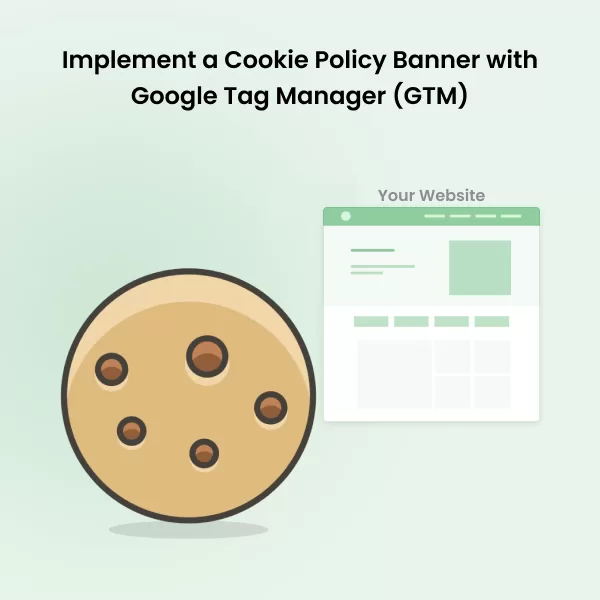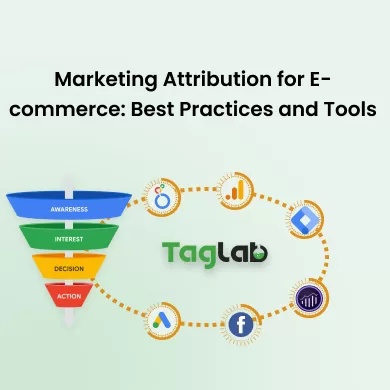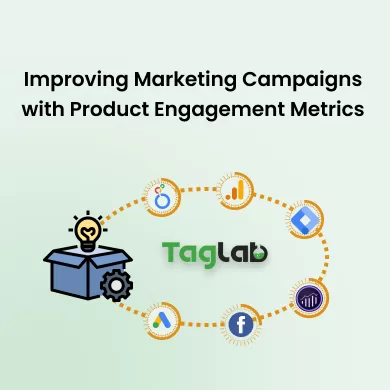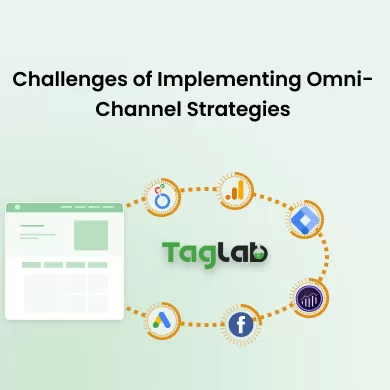Your cart is currently empty!
Lead Nurturing Conversion Rate Metric Definition
Posted by:
|
On:
|
Lead Nurturing Conversion Rate is a key performance indicator (KPI) that measures the effectiveness of a company’s lead nurturing efforts in converting nurtured leads into paying customers. This metric is crucial for understanding the impact of nurturing strategies on overall sales performance and customer acquisition.
Detailed Explanation
What is Lead Nurturing Conversion Rate?
Lead Nurturing Conversion Rate refers to the percentage of nurtured leads that eventually convert into paying customers. It is calculated by dividing the number of conversions (sales) from nurtured leads by the total number of nurtured leads and multiplying the result by 100 to get a percentage. A higher conversion rate indicates that the lead nurturing process is effective in guiding prospects through the sales funnel and turning them into customers.
How it Works?
Tracking Lead Nurturing Conversion Rate involves monitoring the journey of leads that enter the nurturing process, which typically includes email campaigns, personalized content, follow-up calls, and other engagement tactics. For example, if a company nurtures 1,000 leads and 200 of them convert into paying customers, the Lead Nurturing Conversion Rate would be (200 ÷ 1,000) x 100 = 20%. This metric helps businesses evaluate the effectiveness of their nurturing strategies and identify areas for improvement.
Types of Lead Nurturing Conversion Rates
- Overall Lead Nurturing Conversion Rate: The average conversion rate across all nurtured leads.
- Campaign-Specific Conversion Rate: The conversion rate for specific lead nurturing campaigns, such as email drip campaigns or retargeting ads.
- Segmented Conversion Rate: The conversion rate for different segments of leads, such as high-value leads, cold leads, or leads from specific industries.
- Channel-Specific Conversion Rate: The conversion rate segmented by different marketing channels used in the nurturing process, such as email, social media, or direct mail.
Illustrative Scenarios
Examples
- If a company runs an email nurturing campaign for 500 leads and 100 of them convert into customers, the Lead Nurturing Conversion Rate is 20%.
- If the conversion rate for leads nurtured through webinars is higher than that of email campaigns, the company may decide to invest more in webinars as a nurturing tactic.
Segmentation
Analyzing Lead Nurturing Conversion Rates by different segments (e.g., by lead type, industry, or nurturing channel) can provide deeper insights into which strategies are most effective. For example, comparing conversion rates for high-value leads versus lower-value leads can help prioritize resources effectively.
Factors Influencing Lead Nurturing Conversion Rate
- Quality of Content: High-quality, relevant content that addresses the specific needs and pain points of leads can significantly improve conversion rates.
- Personalization: Personalized communication and tailored offers can increase engagement and conversion rates among nurtured leads.
- Timing and Frequency: The timing and frequency of nurturing efforts, such as email sends or follow-up calls, can impact conversion rates. Too frequent or poorly timed communications may lead to disengagement.
- Lead Scoring: Accurate lead scoring helps prioritize high-potential leads, improving the efficiency of the nurturing process and increasing conversion rates.
- Sales and Marketing Alignment: Strong alignment between sales and marketing teams ensures that leads are nurtured effectively and handed off to sales at the right time, boosting conversion rates.
Strategies to Improve Lead Nurturing Conversion Rate
- Enhancing Content Quality: Create and distribute high-quality, targeted content that resonates with the specific needs of your leads.
- Implementing Personalization: Use personalization techniques in email campaigns, offers, and follow-ups to engage leads more effectively.
- Optimizing Timing and Frequency: Test and adjust the timing and frequency of your nurturing efforts to maximize engagement and conversions.
- Improving Lead Scoring: Refine your lead scoring model to better identify and prioritize leads that are most likely to convert.
- Aligning Sales and Marketing: Ensure close collaboration between sales and marketing teams to create a seamless lead nurturing process that effectively converts leads into customers.
Lead Nurturing Conversion Rate Benchmarks
Lead Nurturing Conversion Rate benchmarks vary by industry, company size, and the complexity of the sales process. For example:
- B2B Technology: Typically sees conversion rates ranging from 5% to 15%, depending on the length of the sales cycle and the quality of the lead nurturing process.
- E-commerce: May have higher conversion rates, between 15% and 25%, due to the shorter sales cycle and more direct nurturing efforts.
- Financial Services: Often experiences lower conversion rates, around 5% to 10%, due to the complexity and regulatory nature of the industry.
Comparing your company’s Lead Nurturing Conversion Rate against industry standards can help gauge performance and set realistic goals.
Tools for Measuring Lead Nurturing Conversion Rate
- CRM Systems: Tools like Salesforce and HubSpot track lead interactions, nurturing activities, and conversion rates, providing insights into the effectiveness of lead nurturing efforts.
- Marketing Automation Software: Platforms like Marketo and Pardot automate lead nurturing campaigns and measure conversion rates, helping optimize strategies.
- Email Marketing Software: Tools like Mailchimp and ActiveCampaign provide detailed analytics on email nurturing campaigns, including conversion rates.
Common Pitfalls and Mistakes
- Neglecting Lead Quality: Focusing solely on increasing the number of nurtured leads without considering lead quality can result in lower conversion rates.
- Overlooking Personalization: Generic, non-personalized nurturing efforts can lead to lower engagement and conversion rates among leads.
- Inconsistent Communication: Inconsistent or poorly timed communications can cause leads to lose interest, negatively impacting conversion rates.
- Ignoring Data and Analytics: Failing to analyze conversion rate data by segment can result in missed opportunities to optimize the nurturing process.
- Lack of Sales and Marketing Alignment: Poor alignment between sales and marketing teams can lead to missed opportunities and lower conversion rates.
Frequently Asked Questions
What is Lead Nurturing Conversion Rate?
Lead Nurturing Conversion Rate measures the percentage of nurtured leads that convert into paying customers. It is calculated by dividing the number of conversions from nurtured leads by the total number of nurtured leads and multiplying by 100.
Why is Lead Nurturing Conversion Rate important?
Lead Nurturing Conversion Rate is important because it indicates the effectiveness of a company’s lead nurturing strategies. A higher conversion rate suggests that the nurturing process is successfully guiding leads through the sales funnel and turning them into customers.
How can I improve my Lead Nurturing Conversion Rate?
Improving Lead Nurturing Conversion Rate can be achieved by enhancing content quality, implementing personalization, optimizing the timing and frequency of nurturing efforts, improving lead scoring, and aligning sales and marketing teams.
What factors influence Lead Nurturing Conversion Rate?
Factors influencing Lead Nurturing Conversion Rate include the quality of content, personalization, timing and frequency of communications, lead scoring, and the alignment between sales and marketing teams.
What is a good benchmark for Lead Nurturing Conversion Rate?
A good benchmark for Lead Nurturing Conversion Rate varies by industry. B2B technology typically sees rates from 5% to 15%, e-commerce ranges from 15% to 25%, and financial services may range from 5% to 10%.




